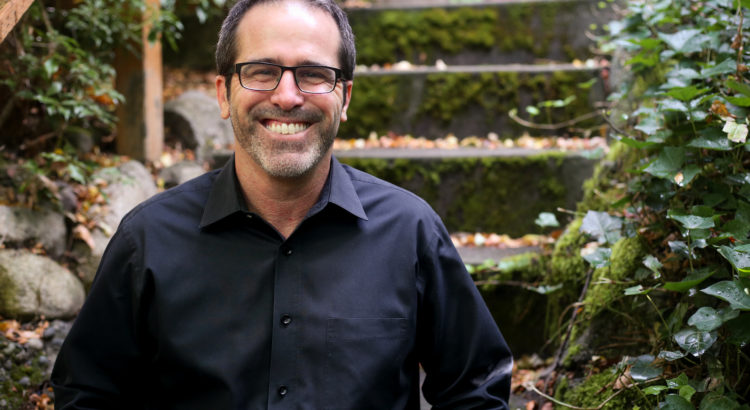The Center for the Study of Cannabis and Social Policy (CASP) is excited to present the second phase of our first collaboration with a mission-specific independent research project, “Re-imagining Cooperative Cannabis.” The study is part of Principal Investigator Nicole Riggs’ LiT Project research agenda to develop case studies and community-based education to define and give voice to legacy cannabis cultivation stakeholders in the North Coast of California, starting in Humboldt County where she and Cara Cordoni, her principal Cooperation Humboldt collaborator, live and work. They were joined by graduate student Emma Karnes of the University of Virginia, which provided Institutional Review Board (IRB) approval for the work.
The significance of the work
This research identifies and represents cannabis farming as a continuous way of life in rural Northern California, one for whom legalization poses particular challenges. For them, cannabis represents a cultural economy: a cash crop that has produced communitarian values and practices drawn from and drawn into the places where they live and, for now, remain.
They are part of the fabric of their communities, not extractivist “Big Weed” owners for whom farming is only valuable to generate wealth for distant stakeholders, wealthy investors, and corporate executives.
And they are part of the fabric of their local communities because of the particular values they hold in common, social and environmental stewardship. They are a distinct “legacy” community within the wider regulated and unregulated cannabis community, found across the state and in different parts of the supply chain.
Future community-based, community-defining research should extend to urban communities and jurisdictions. Rural and urban community stakeholders face similar structural barriers to entry and frustrations with systemic inequity in legal cannabis.
The Department of Cannabis Control would do well to incentivize cannabis market participation for the communities that value the plant for how it helps them stay in place and support their communities, more than just a source of revenue or profit for corporate shareholders and already-wealthy, wildly overcompensated CEOs.
More about the work
The work was a collaboration between Cooperation Humboldt and CASP and started with the main goal of learning from the former’s efforts to make education about collaborative business practices available to cannabis cultivators on the North Coast.
This case study was carried out in two stages, survey and interviews, by Nicole Riggs and her research assistants, Cara Cordoni (Cooperation Humboldt) and Emma Karnes (University of Virginia graduate student). Dr. Tony Silvaggio, CASP Senior Affiliate Researcher, contributed his substantive expertise in research design and methodology at both phases. All work was provided on a volunteer basis (no one was paid for it). CASP did pay for access to Atlas.ti software to help with the analysis and coding, which cost less than $200.
The results of the pilot survey of more than 80 respondents were released in September 2021. The purpose of the survey was not simply to gather information and present data, but to “build empathy and understand the needs, challenges and hopes of the users” (1). Like all good, community-based research, it was a methodology for engaging and understanding people on their own terms, and as such was an act of community-building, not just an exercise in representing data.
Without it, the second in-depth interview phase of 28 out of 81 survey respondents would not have been possible. This stage of community-engaged research involved semi-structured interviews, coding, and analysis of the data. The purpose was to give “voice to the feelings, concerns and visions of the producers themselves (3)”
This research is uniquely relevant to policymakers and institutional research funders in several ways, but I want to lead with its relevance to the communities to which it gives voice.
The act of doing and publishing this research makes particular kinds of stakeholders visible as living, breathing community members whose hopes and dreams of a future that is connected to their past are of primary importance. Cannabis legalization should be about its people, not just the plant.
Cannabis legalization tends to aggregate people into data: multi-state operators feeding enormous CEO compensation while their companies lose money until their competitors go out of business are treated more or less the same as livelihood owner-operators in the policy imagination of aggregate cultivation supply.
We hope that this groundbreaking work can help inform cannabis policy design and implementation and provide a fertile ground for future, funded research projects. We also hope to encourage more community-based research. And we are incredibly grateful to Nicole Riggs, Cara Cordona, and Emma Karnes for their work, which CASP considers a form of constructive cannabis community organizing through education and research; and to Dr. Tony Silvaggio for his support for community based research.
